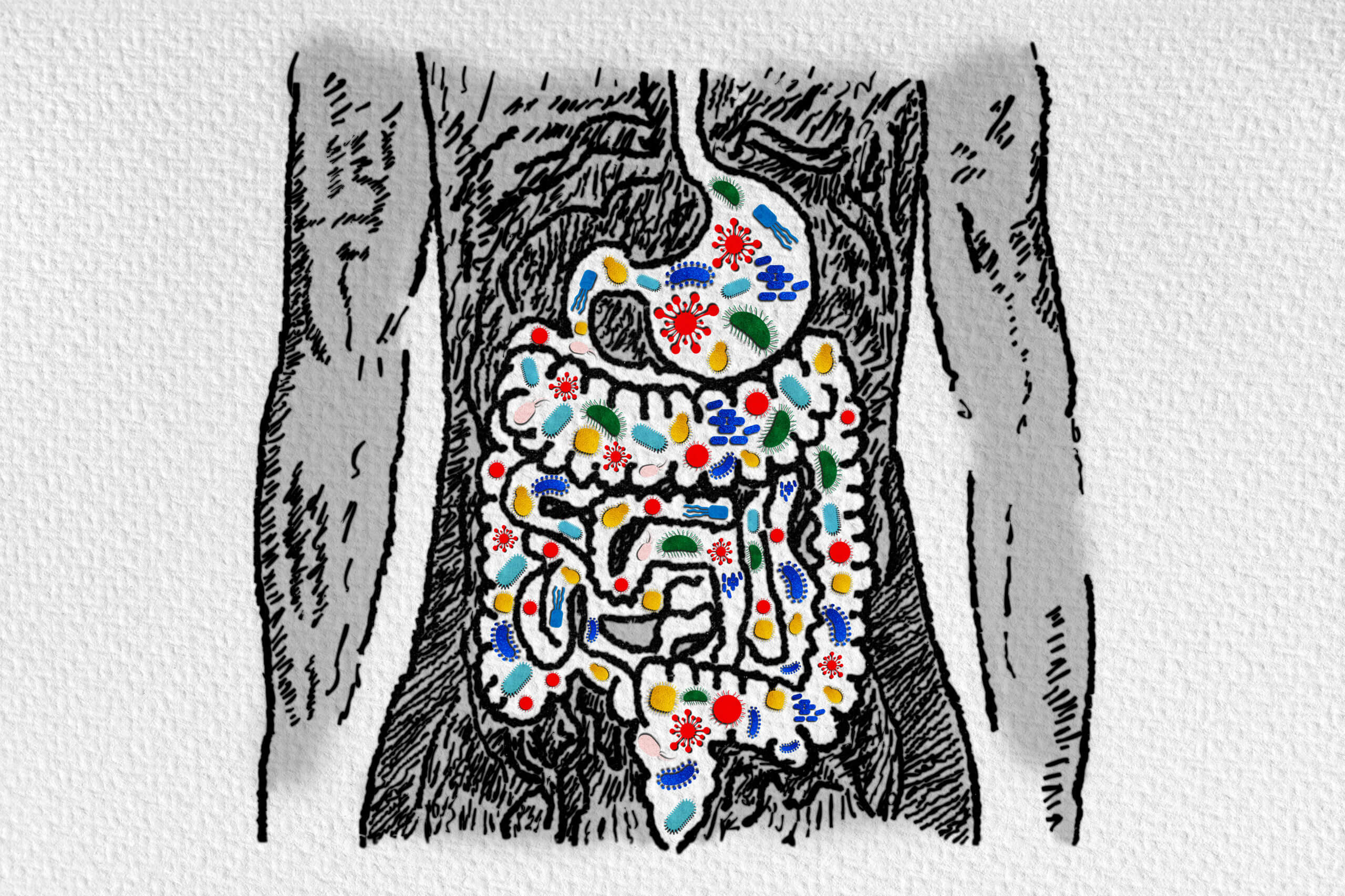Everyone ages, it’s a fact of life. But as we become older, so do the microbes that live inside our guts. Researchers from Portugal unveiled what happens to bacteria that invade the gut microbiome after a year. They found bacterial strains learn to adapt to the microenvironment by following two evolutionary paths.
Most studies looking into bacterial evolution often focus on experiments outside of living organisms or animal models treated with an antibiotic. Antibiotics can disrupt a healthy gut microbiome as it indiscriminately targets any nearby bacteria. However, not much is known about how bacteria evolve when they invade a healthy host body.
“It was truly exciting to find out bacteria use so many different processes to evolve in the gut,” says Nelson Frazão, a postdoctoral student at the Instituto Gulbenkian De Ciencia and lead study author, in a statement. “By understanding how bacteria evolve in the long term we could anticipate and even avoid antibiotic resistance or the colonization of the gut by pathogenic bacteria that hinder the success of some treatments and can lead to death.”
The research team closely tracks the evolution of an invading bacterial strain of Escherichia coli (E. coli) for over six thousand generations in the mouse gut. Just like other cells, bacteria divide quickly, but mutations caused by cell division can introduce new mutations that allow bacteria to adapt to their microenvironment.
Samples of bacteria were taken from mice feces, where researchers studied its genetic material. There, they found that certain E. coli strains were genetically and fundamentally different in the way they settled into the body, including the manner in which they eventually learned to coexist in the gut microbiome.
There were one of two ways the bacterial strain adapted. The first is to create a series of metabolic mutations that affect their ability to eat nutrients and the second option is to adapt by integrating genetic material from other microorganisms.
Despite some bacteria coexisting in the gut for millions of generations, this could all change if the bacteria produced beneficial mutations. For example, mice who already possessed a resident strain of E. coli in the gut can cause pressure for different E. coli bacterial strains to evolve as a way to out-compete the other for survival. In this scenario, the invading scenario eventually received genetic material from the resident strain via bacteriophages (viruses that infect bacteria).
Taking genetic material from viruses is a tricky business, however. When done in a stable manner, genetic material taken from bacteriophages raises a bacterial strain’s chances of survival. However, if the virus itself multiplies and spreads, their survival rate plummets. With the invading E. coli strain, the researchers found it survived in the gut for over a year because they learn to “domesticate” the virus, preventing them from spreading all over.
The study is published in Nature Communications.
